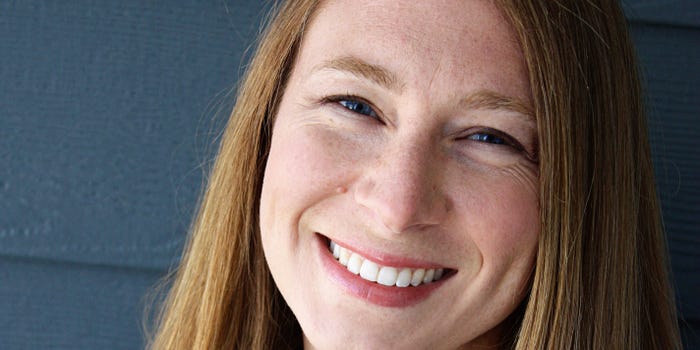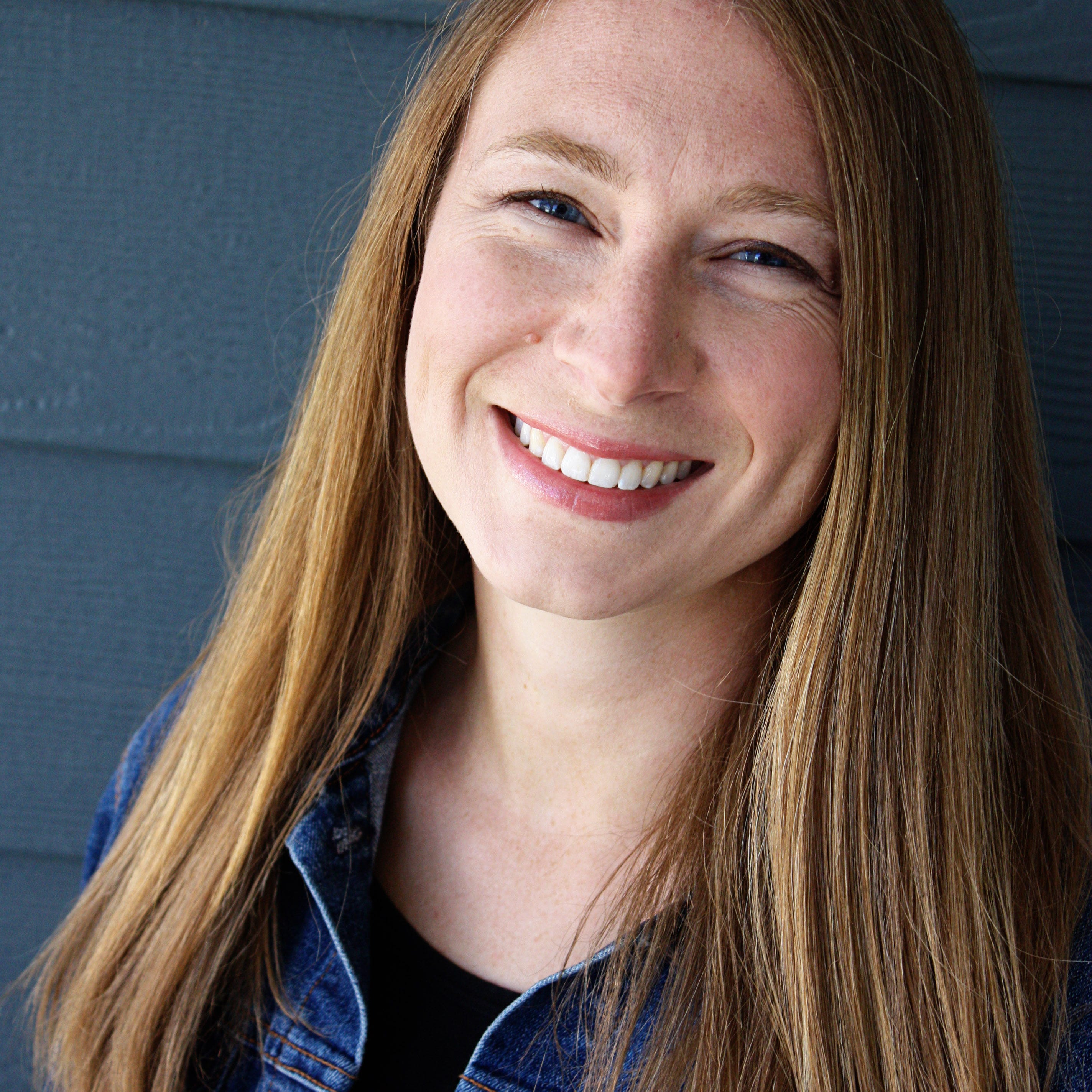I always planned to retire at 65 — until I started thinking differently about what it means to retire
4 min readI always planned to retire at 65 — until I started thinking differently about what it means to retire

Paid non-client promotion: Affiliate links for the products on this page are from partners that compensate us (see our advertiser disclosure with our list of partners for more details). However, our opinions are our own. See how we rate investing products to write unbiased product reviews.
- My husband and I always saved slowly, planning to retire at 65.
- Then, FIRE taught us that retirement doesn’t have to be triggered by an age, but by a sum.
- Now, we’re saving $1.2 million and investing in real estate to retire early.
My husband and I started our retirement savings like most people do: we contributed to our 401(k)s at work.
We didn’t know what we were doing at the time — we just knew we needed to be investing so we’d have a nest egg in our golden years. We started with target date funds and then “graduated” to a broad mix of mutual funds. We also started contributing to a Roth IRA on the side.
We were feeling very proud of ourselves. Our retirement plans grew slowly as we got our 4% company match, and we contributed a little extra when money allowed. If we continued to truck along at the same rate, we’d have enough for a comfy retirement around age 65. That was as far as our frame of reference allowed us to see at the time.
Then I discovered the FIRE (financial independence, retire early) movement.
Down the FIRE rabbit hole
Several books and podcasts introduced me to this new concept: Retirement wasn’t an age but a number — an amount of money large enough that you could live on the interest it produced without touching the principal. With this lump sum as a money-generating machine, we could be financially independent, no longer need a job, and be ready to retire. And if my husband and I could get to that number faster, we could quit working sooner.
My husband and I made a tentative goal of $1.2 million. According to the oft-cited Trinity Study (which is essentially canon scripture in the FIRE movement), you can withdraw 4% of a stock portfolio each year and not eat into the principal. Stocks tend to appreciate more than this (around 7%), but the so-called 4% rule keeps withdrawals low enough to account for bull market years when your portfolio is down.
This rule helped us reverse-engineer how big our nest egg needed to be. We’re pretty frugal folks, so we figured we could live on around $48,000 in retirement, which is 4% of $1.2 million. We were ignited by our new focus, but $1.2 million was a very distant goal. We earned enough for our needs, but we didn’t have the latitude to ramp up our 9-to-5 income to save more aggressively than we already were. So, we started brainstorming other ways to hit our goal sooner.
A shift from stocks to real estate
We hadn’t dabbled in the FIRE community long before we came across real estate investing as an avenue to hit our retirement number earlier. We had an interest in owning rentals even before we discovered FIRE. After some back-of-the-napkin math, we realized that this could be the shortcut we were looking for.
With rental properties, we realized we didn’t need the whole $1.2 million sitting in a retirement account; we just needed $48,000 a year (or $4,000 a month) in cash flow. If we could make $200 in monthly profit per rental unit, we were 20 doors away from retiring.
Another alluring aspect of real estate was that elements of the investment were under our direct control. With stocks, we bought and crossed our fingers, hoping they’d go up over time. With a rental, we could renovate the house to make its value go up. Plus, nicer units would command higher rents.
What’s more, we could take out mortgages to help purchase properties, whereas we had to rely solely on our own money for saving in our 401(k). That leverage could help us acquire more assets than we could on our own. After we retired, we’d also have our pick of the properties to live in, should we ever need to.
With this in mind, we started purchasing rentals. We’ve acquired two so far. One surpassed our expectations. We ran it as a profitable Airbnb for a while before converting it to a hands-off long-term rental.
The other was a bit of a bust — a rehab that took longer and cost more than anticipated. The cash flow came short of our goal of $200 per door, but the success of our first property has offset the shortcomings of the second.
A balanced approach
While building up our real estate portfolio, we’ve continued to save in our 401(k) and Roth IRA accounts. There are no guarantees in investing, and we didn’t want all of our proverbial eggs in the real estate basket. If my husband or I become unable to fix up houses or the housing market experiences another 2008-style crash, we want our stock portfolio as a backup plan.
And retiring on time isn’t a bad backup plan.
This article was originally published in August 2023.
Discover more from Slow Travel News
Subscribe to get the latest posts sent to your email.




